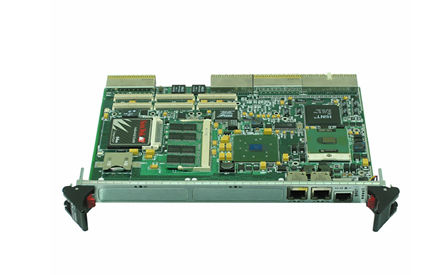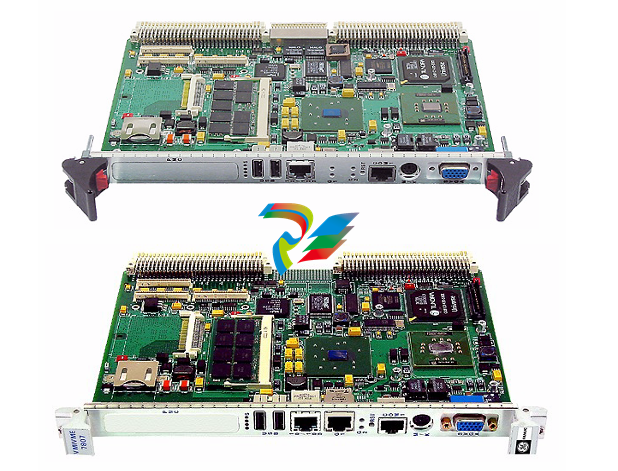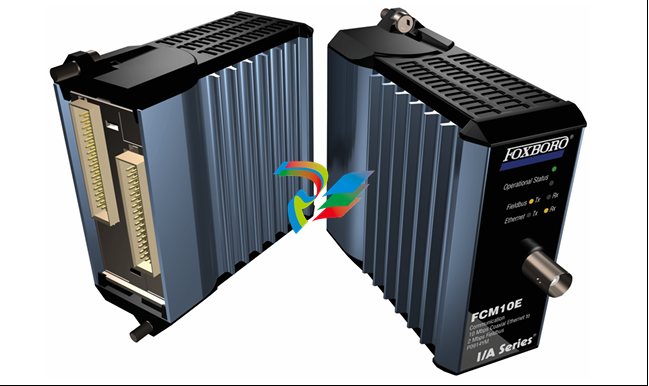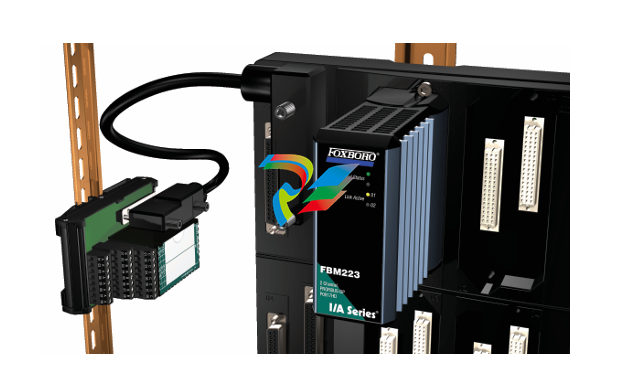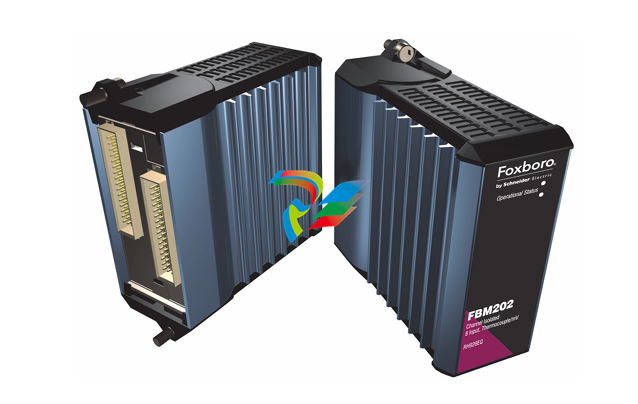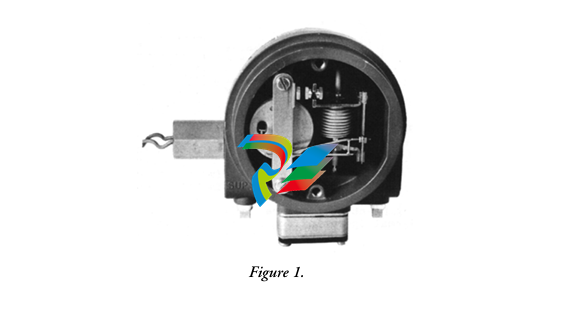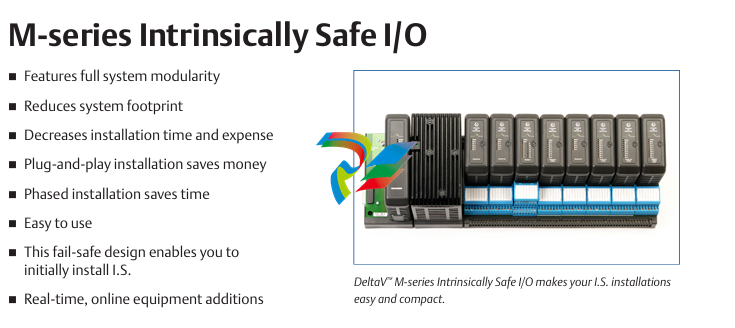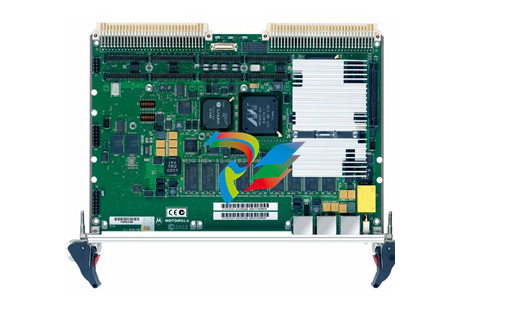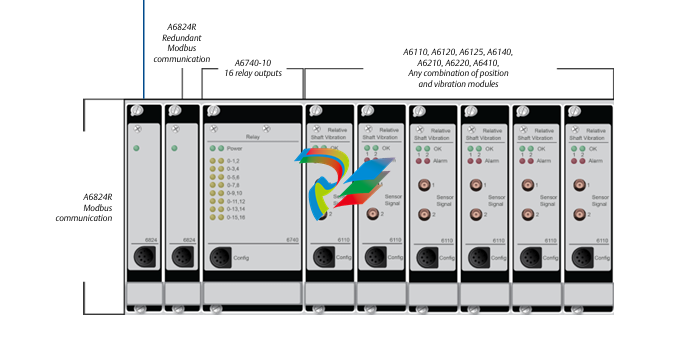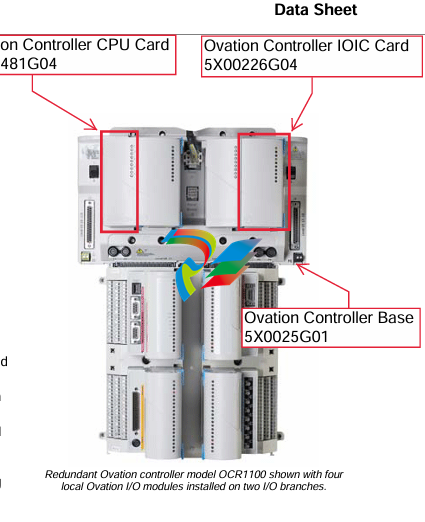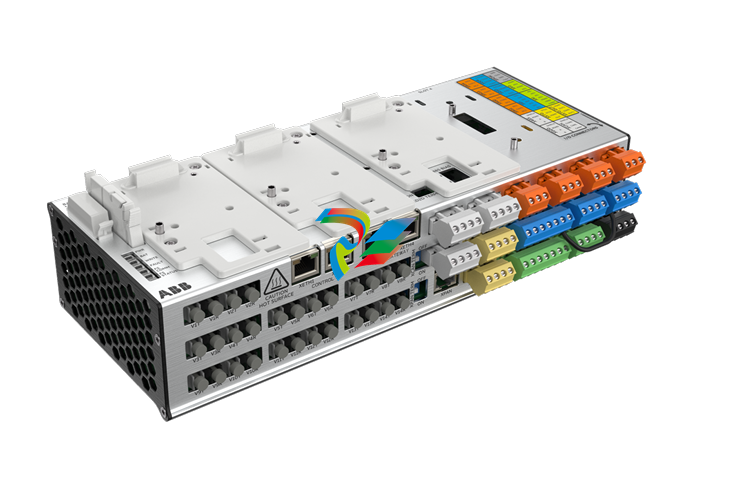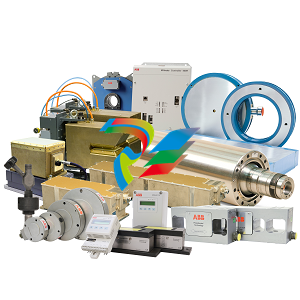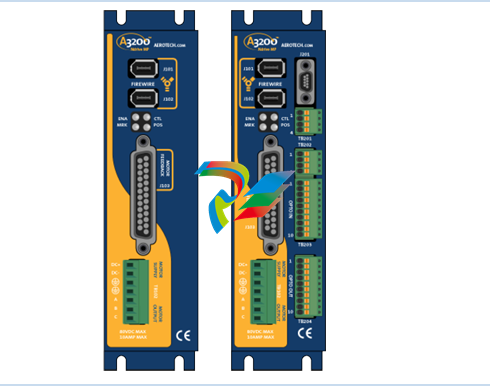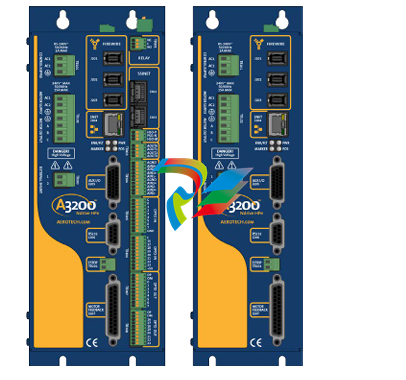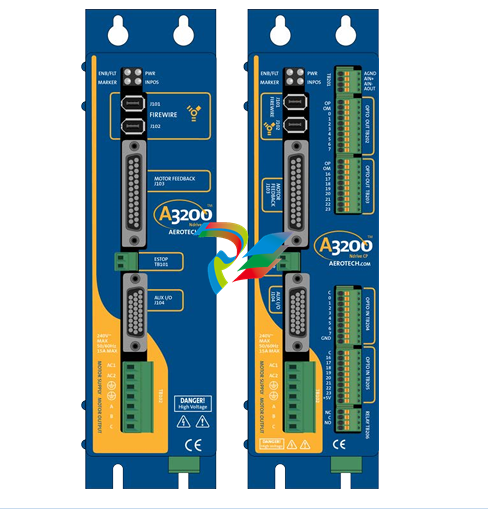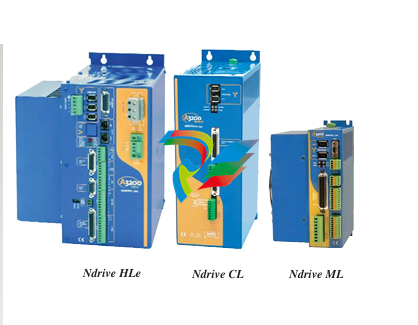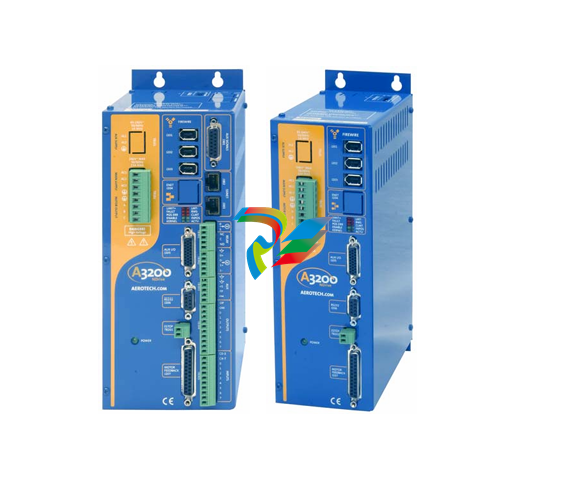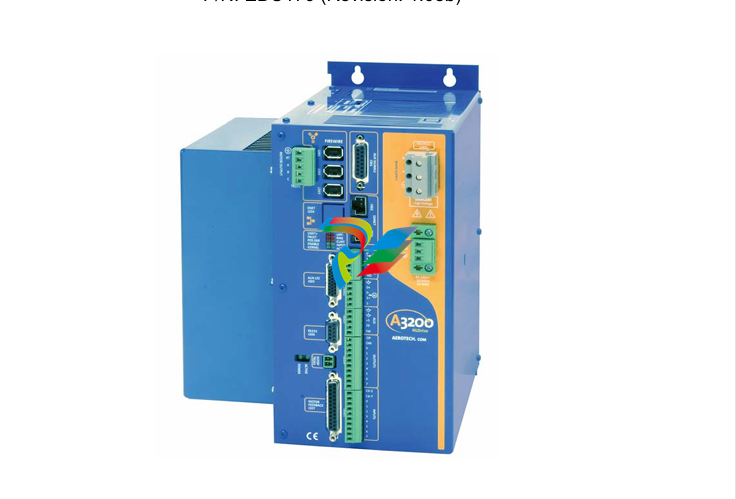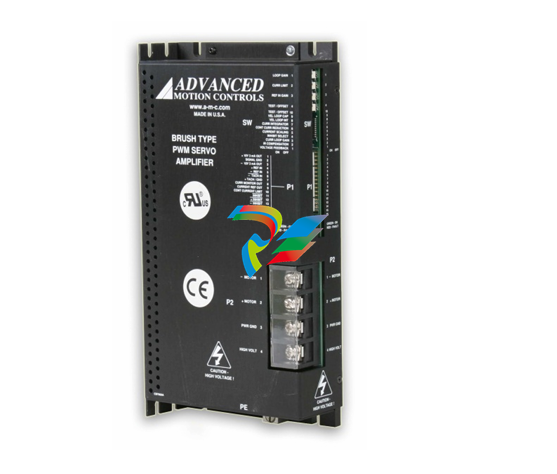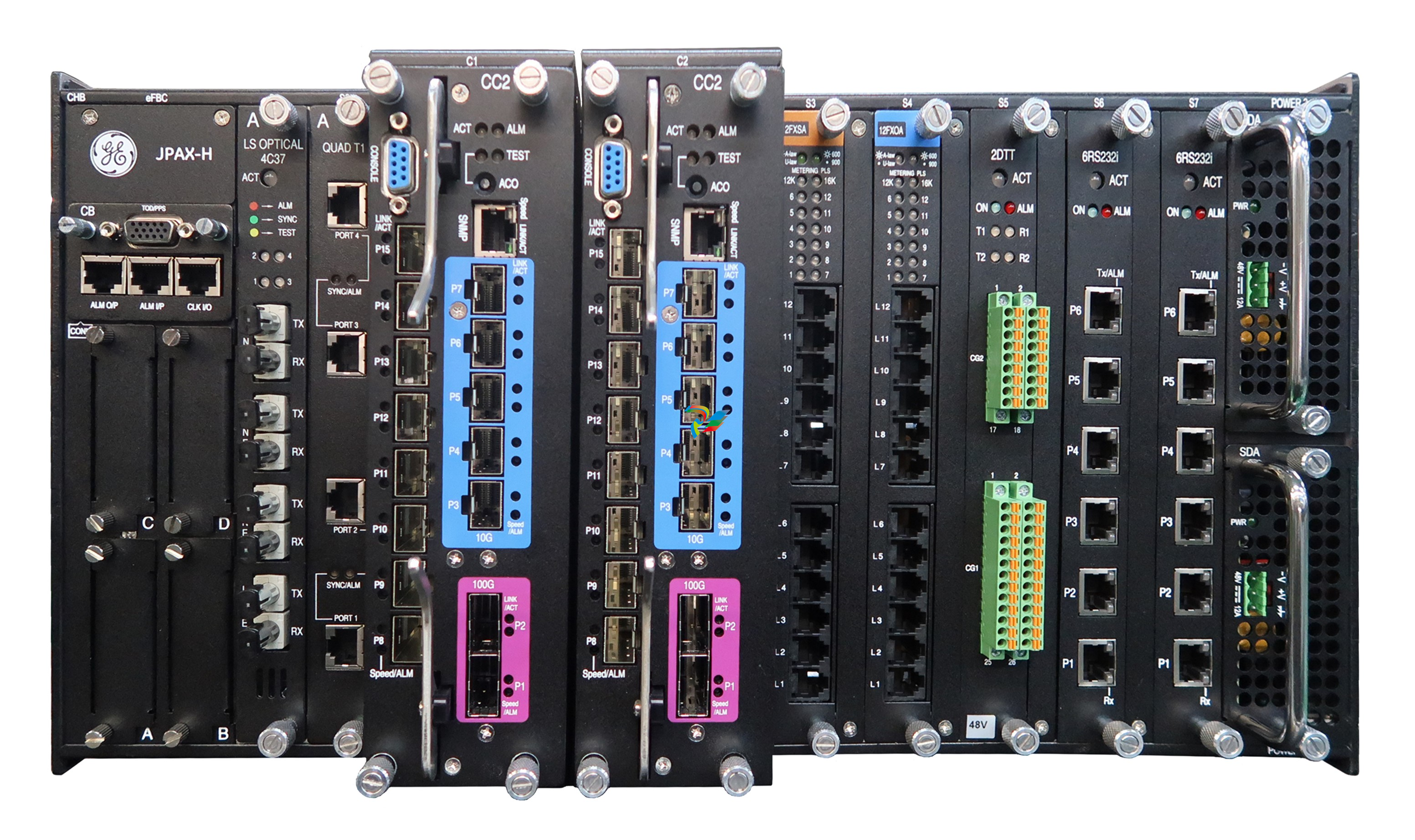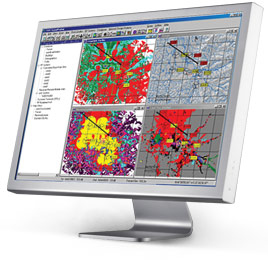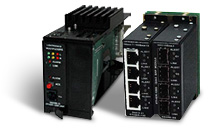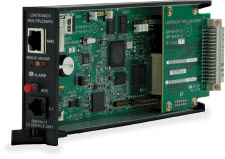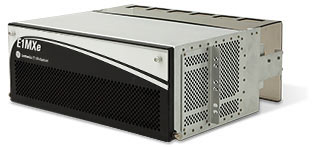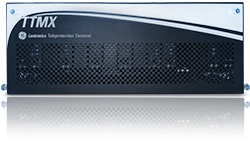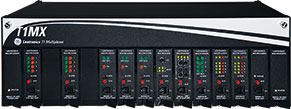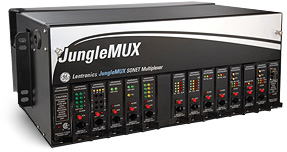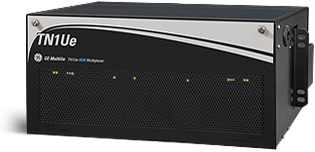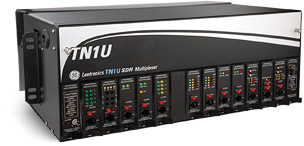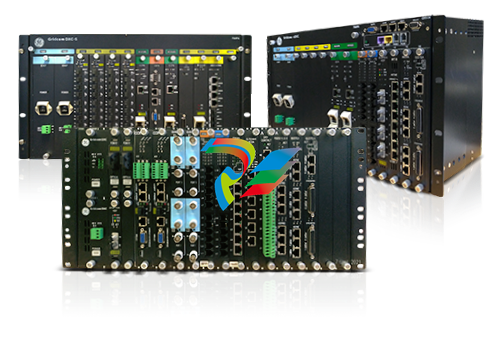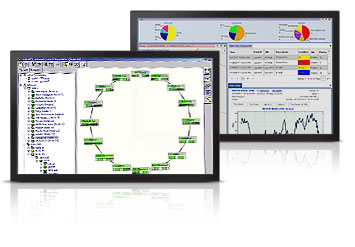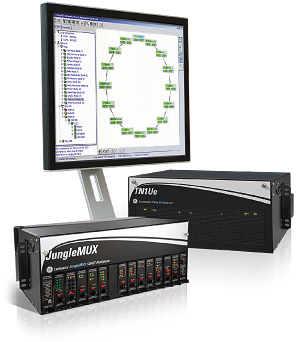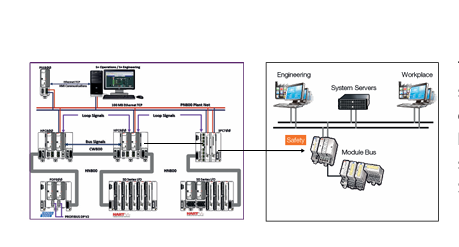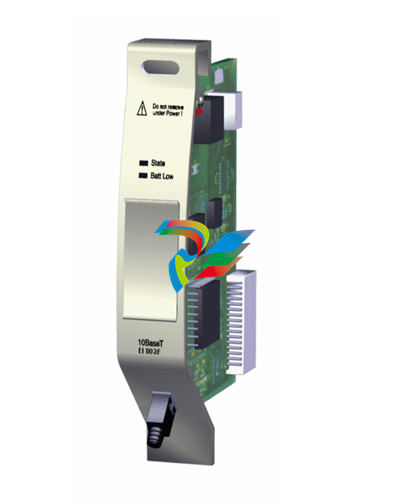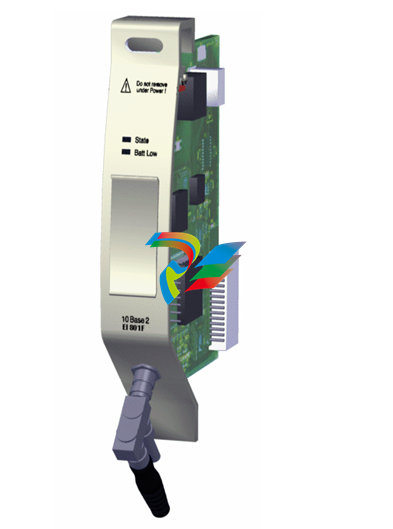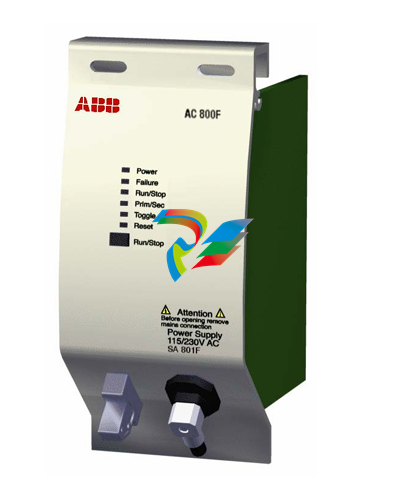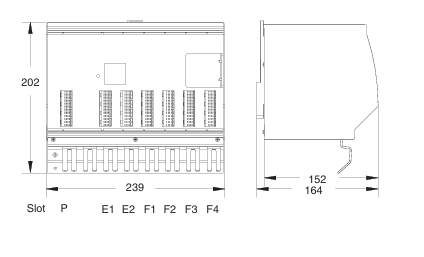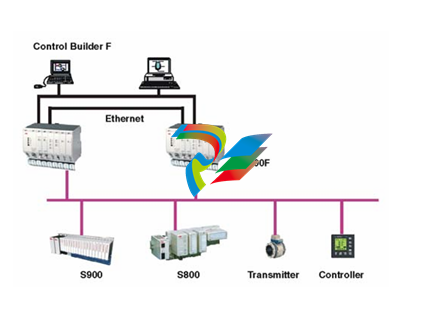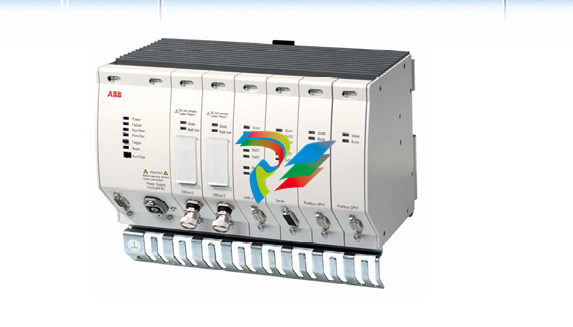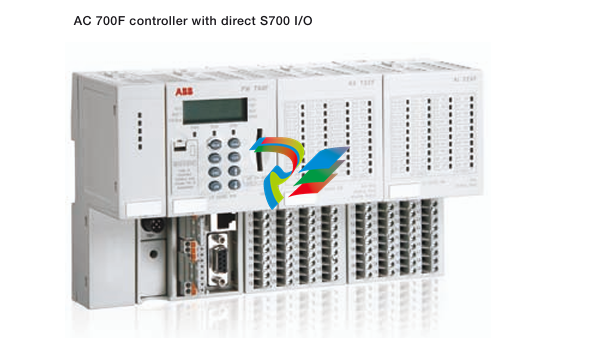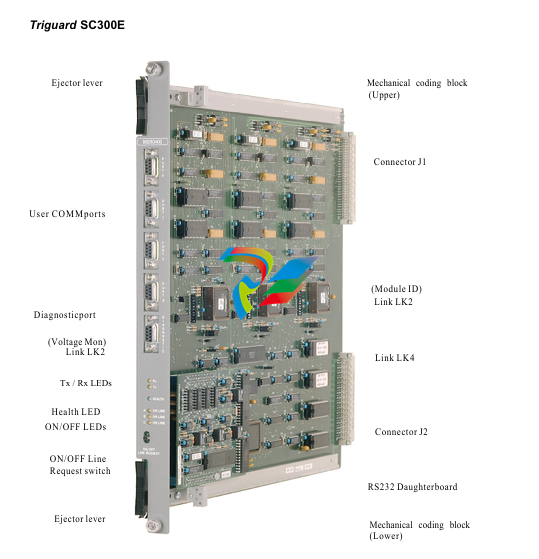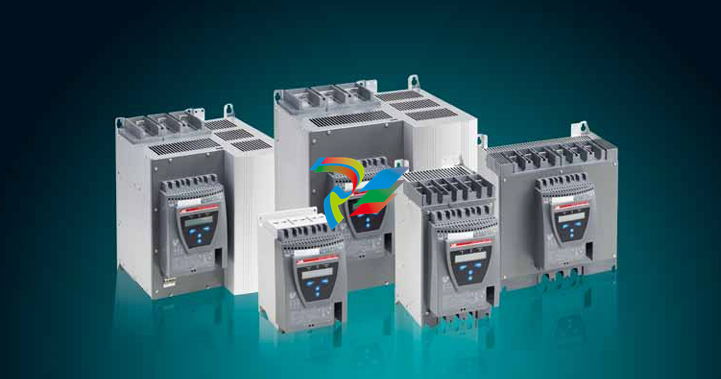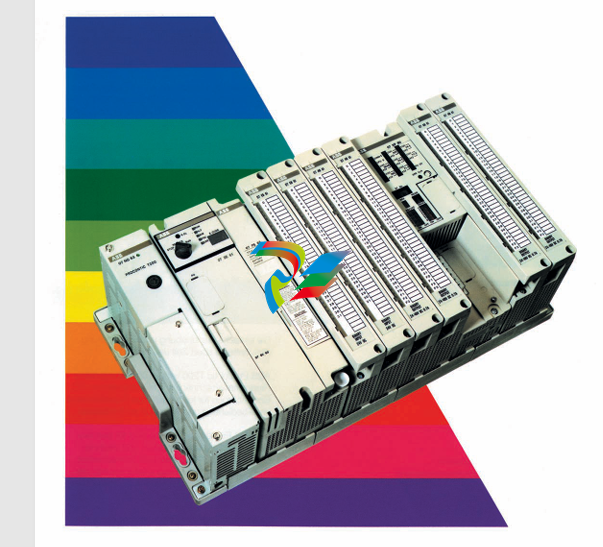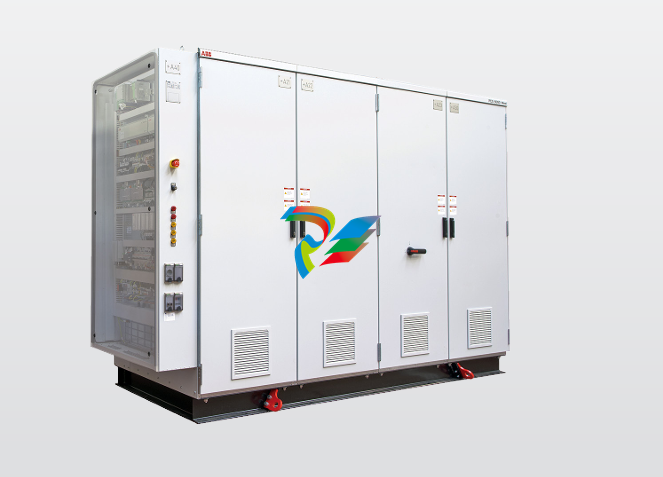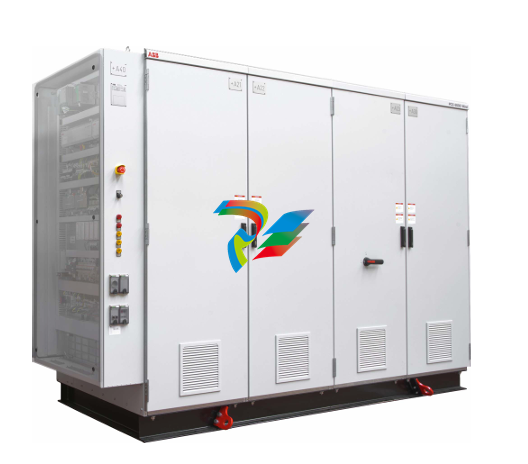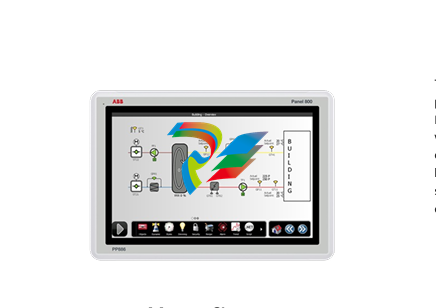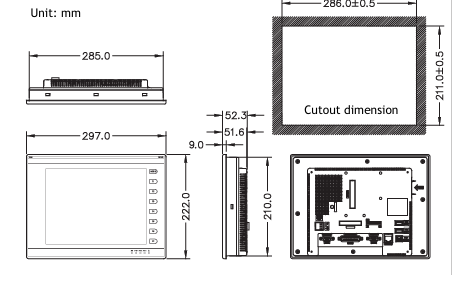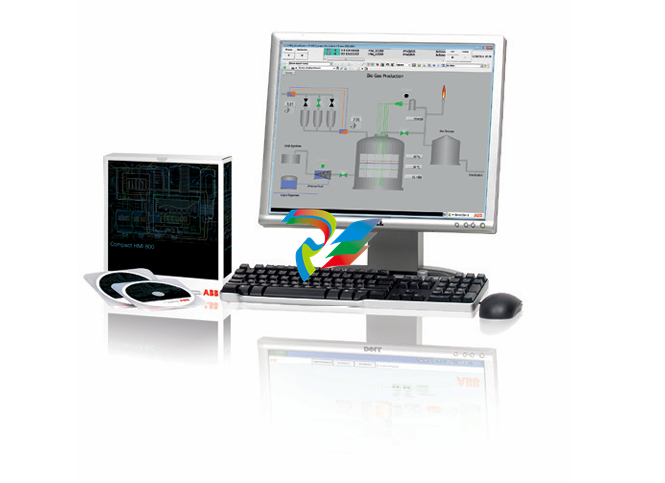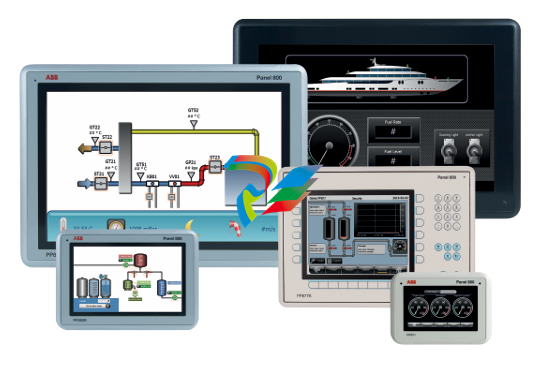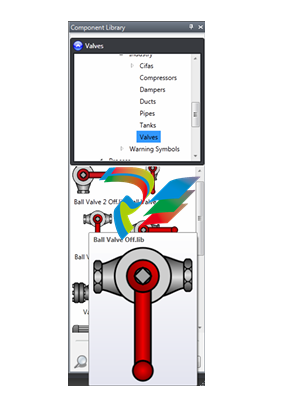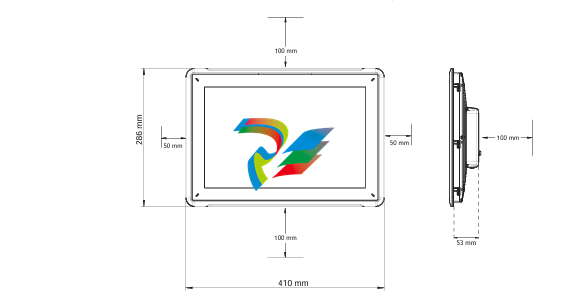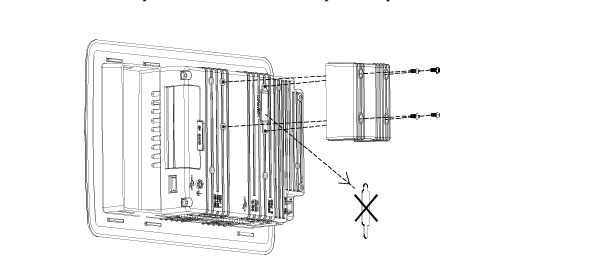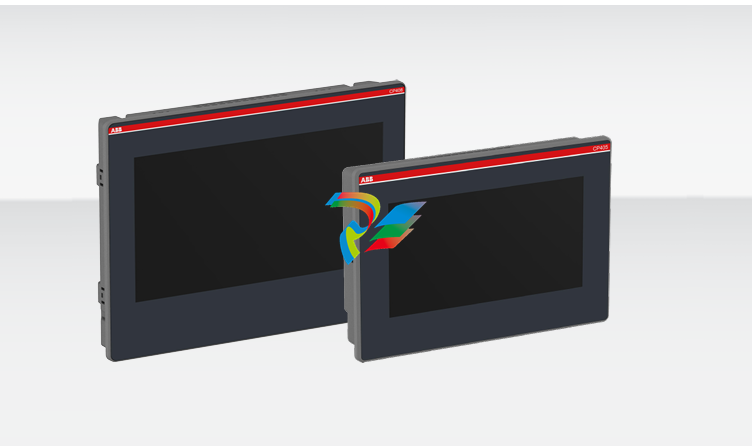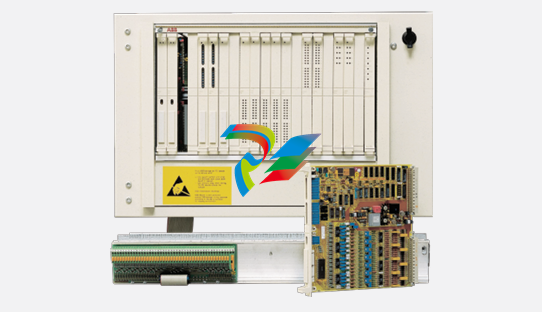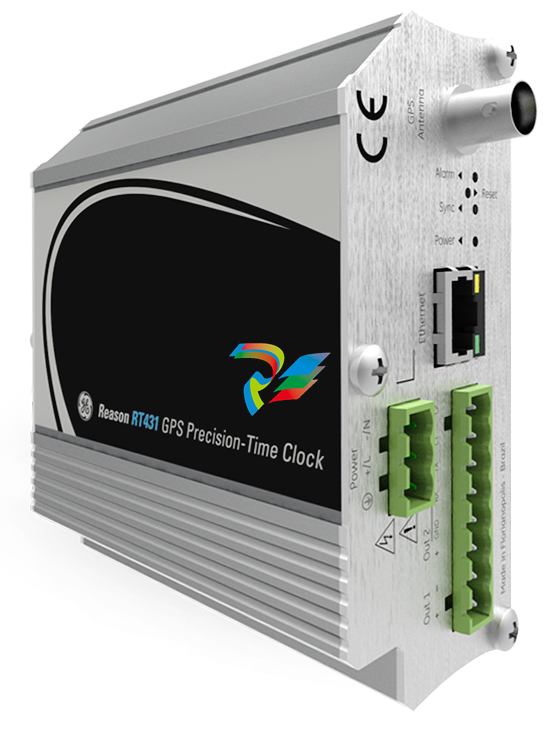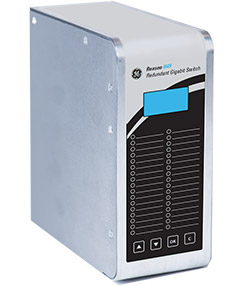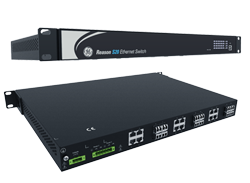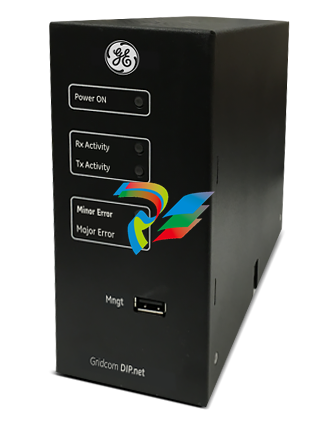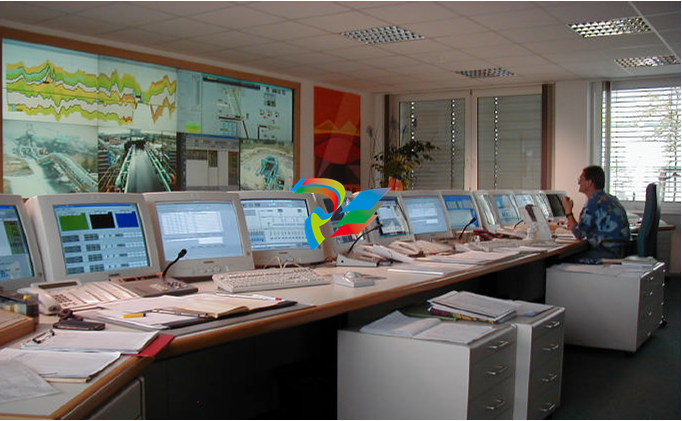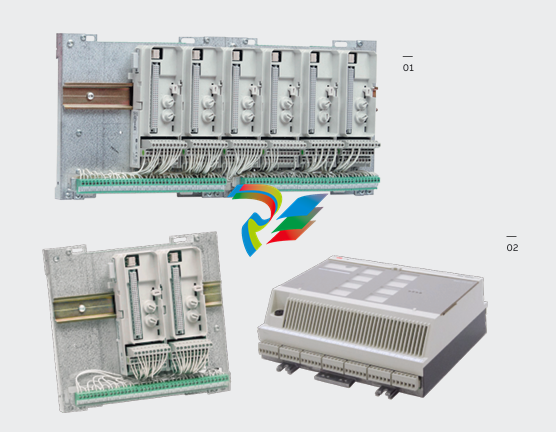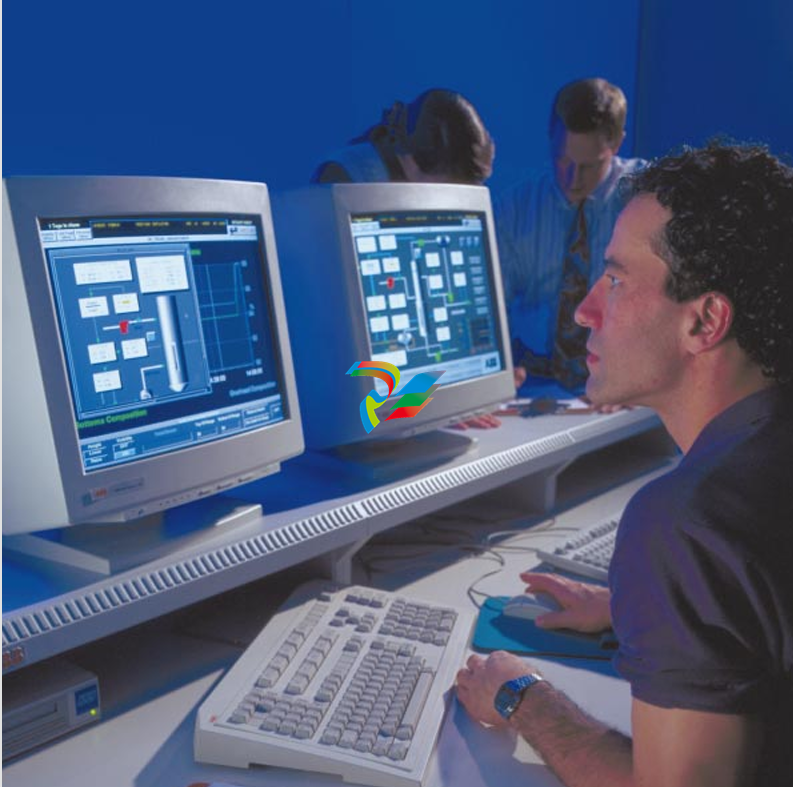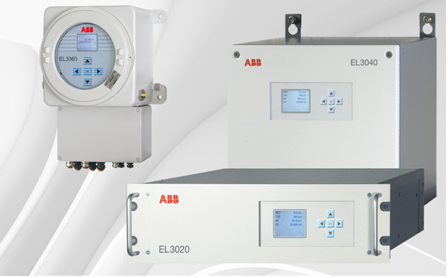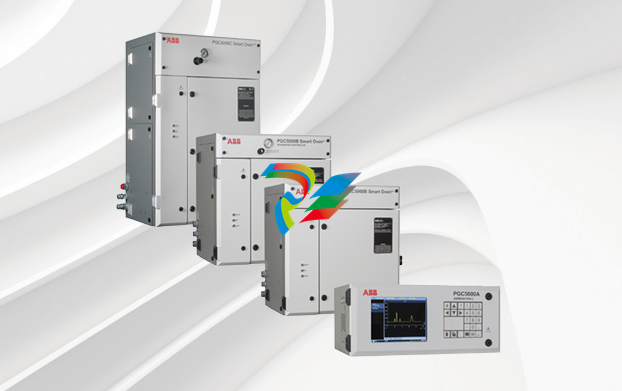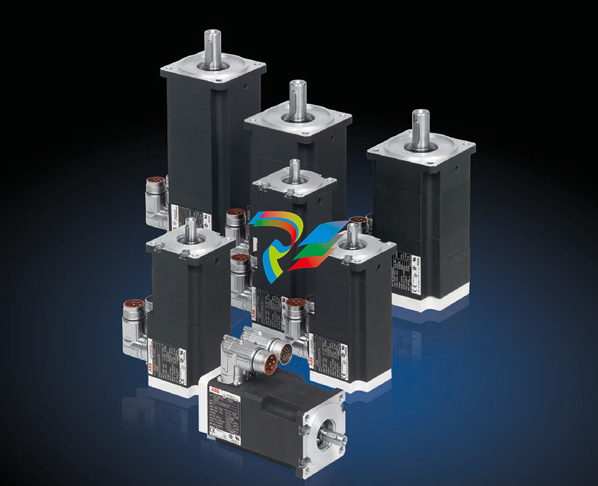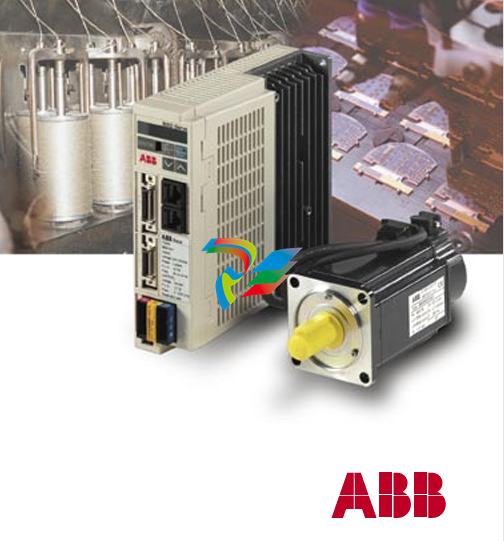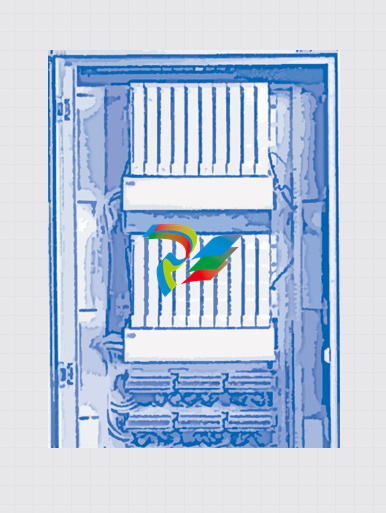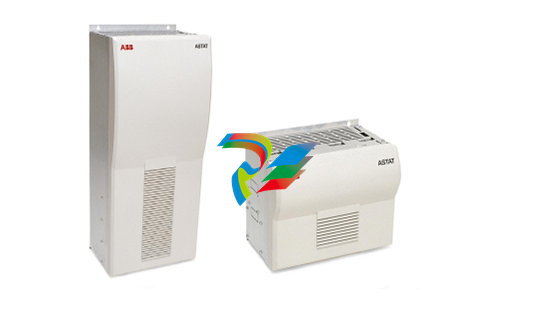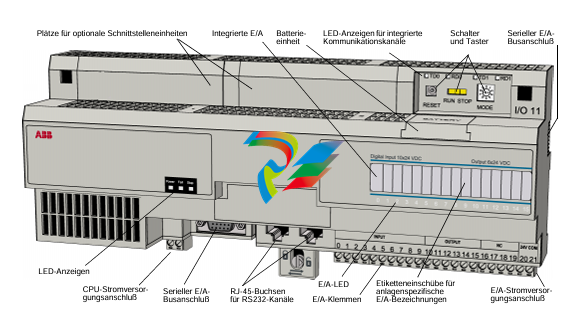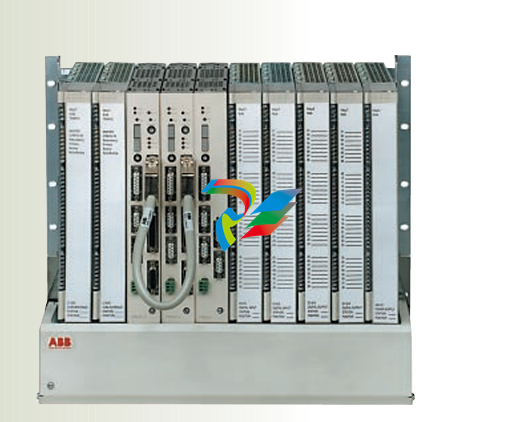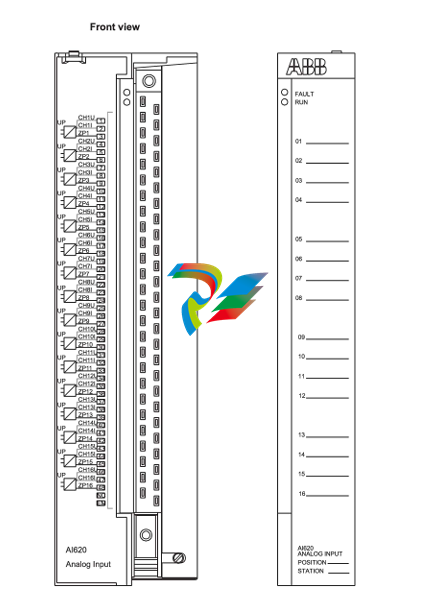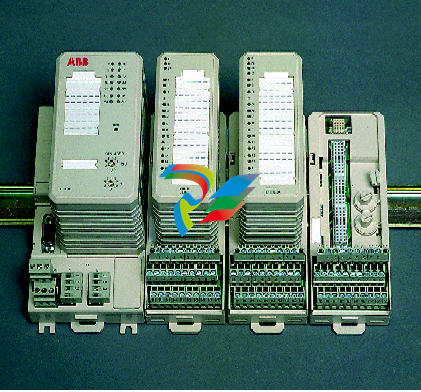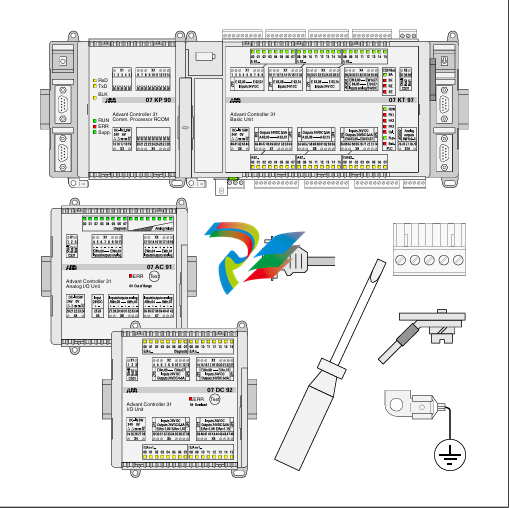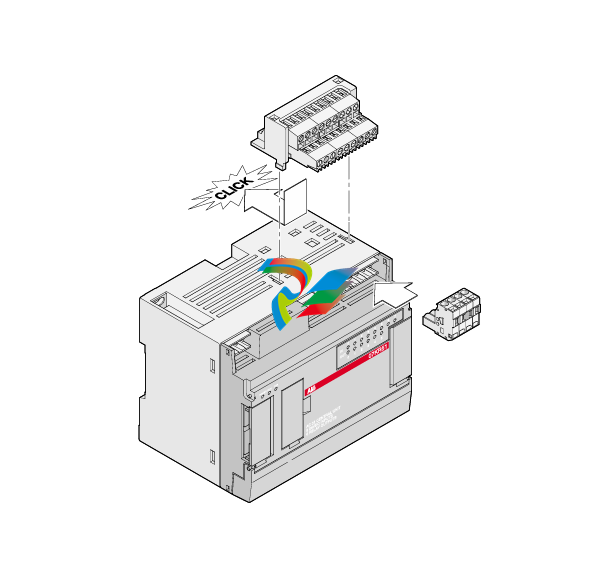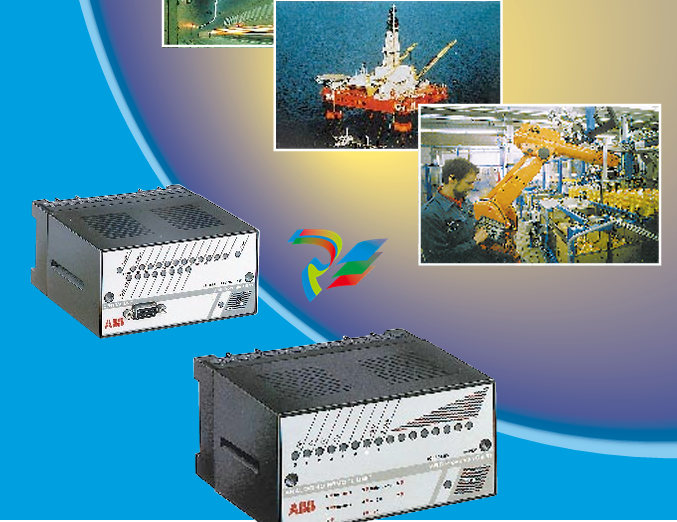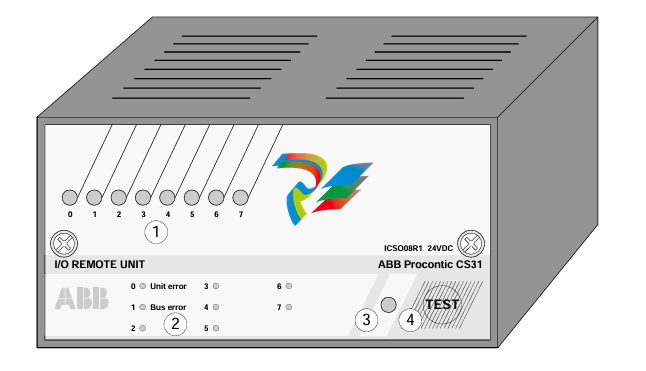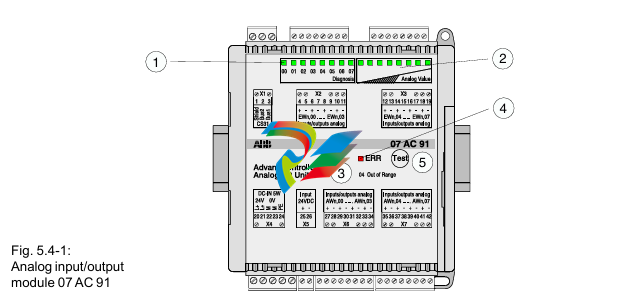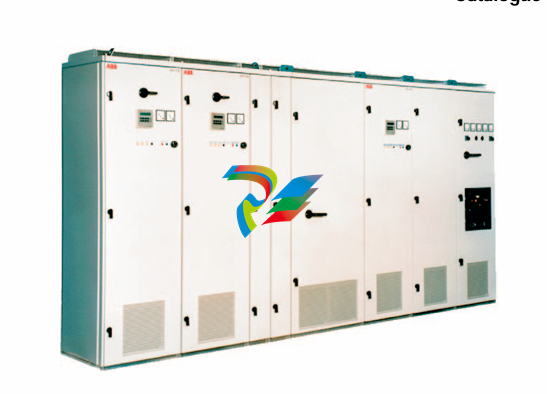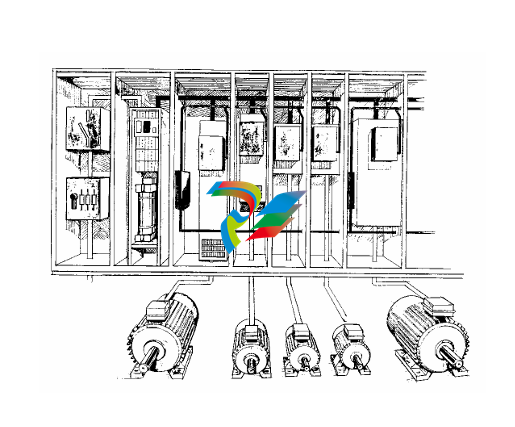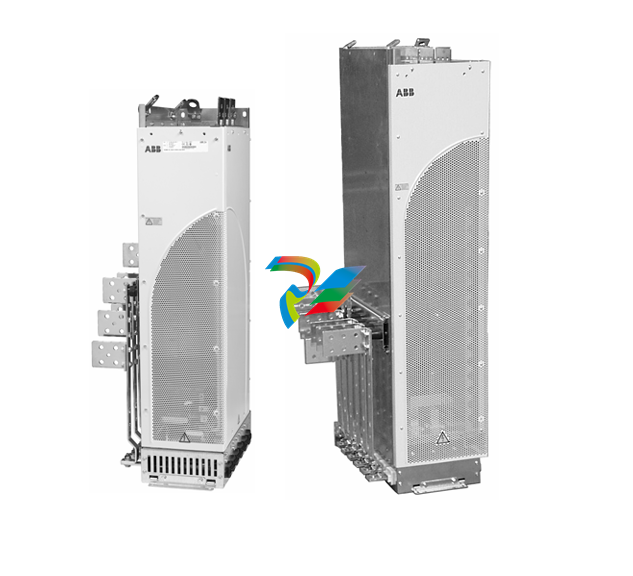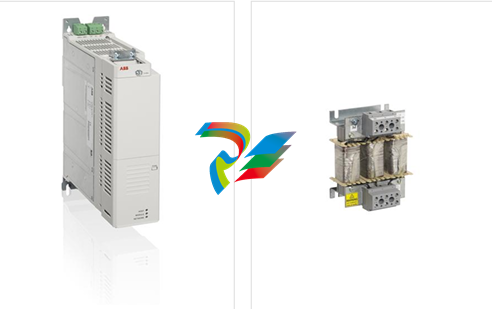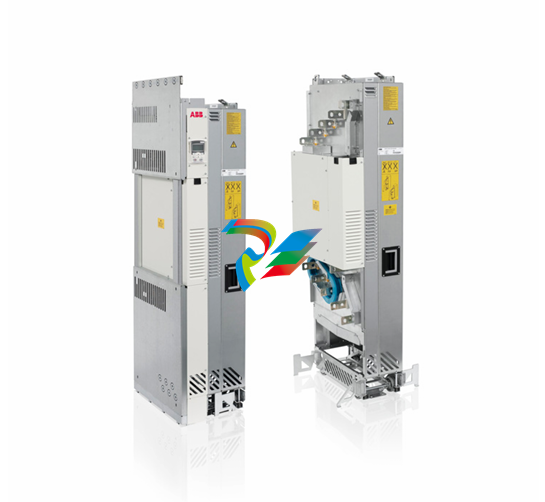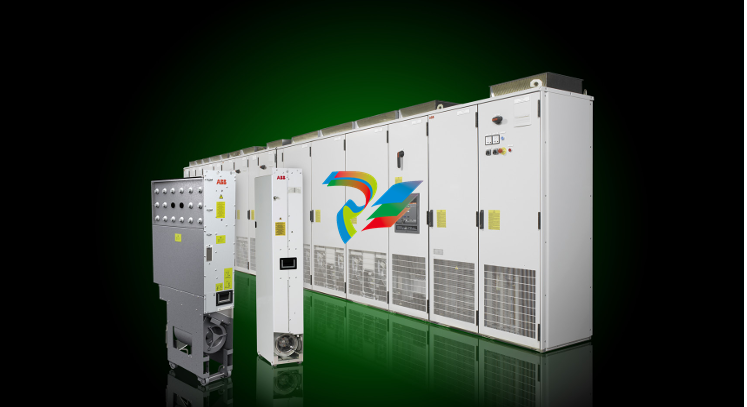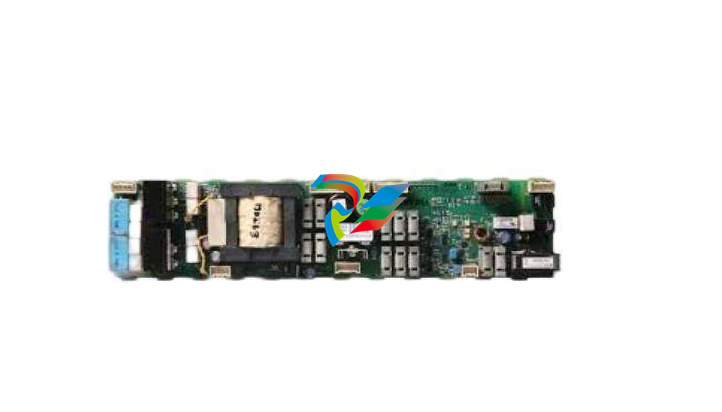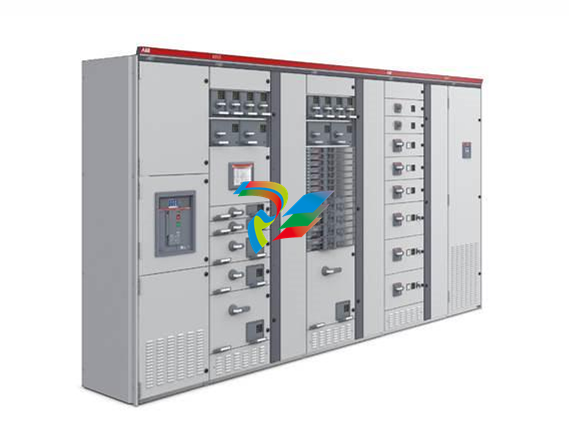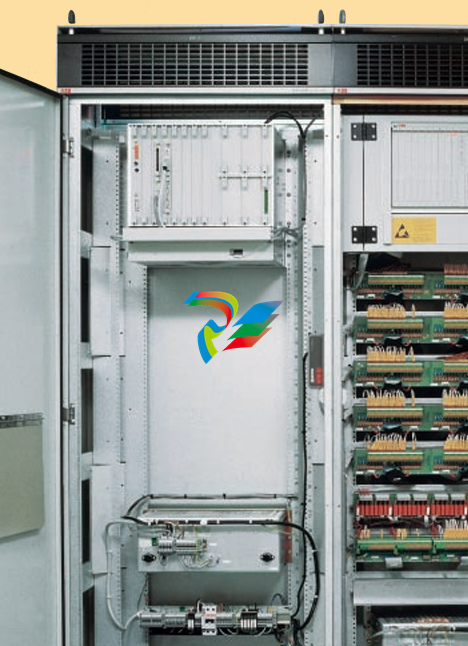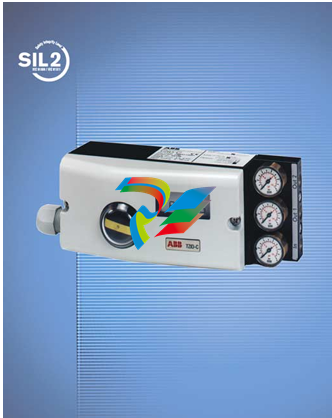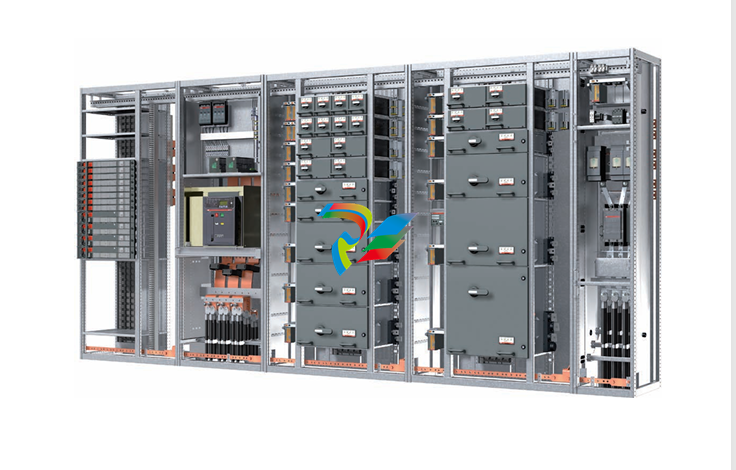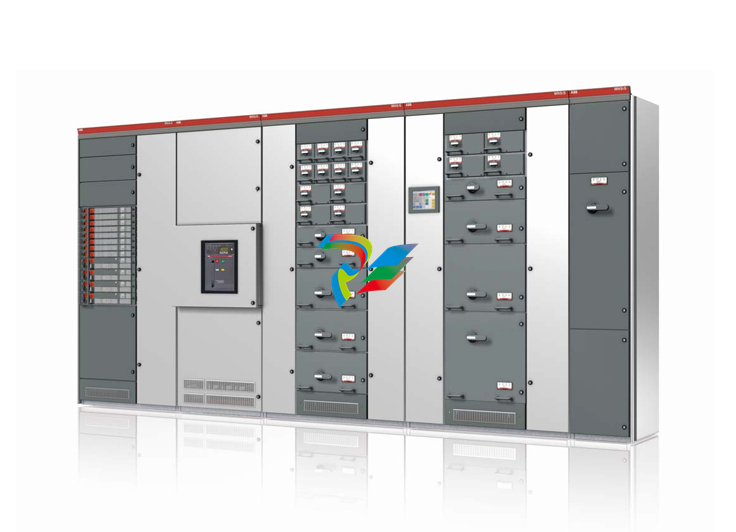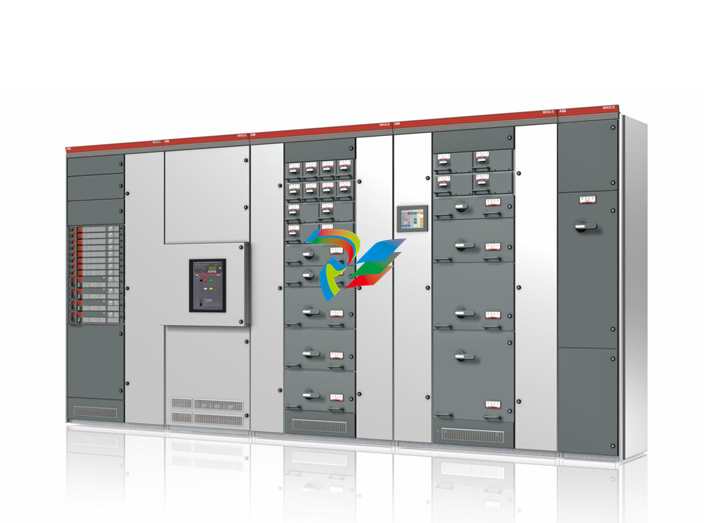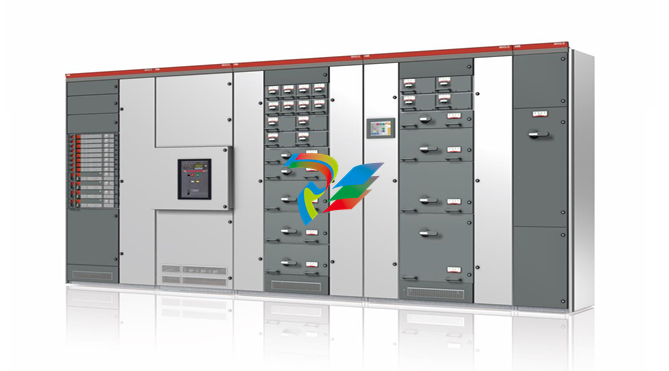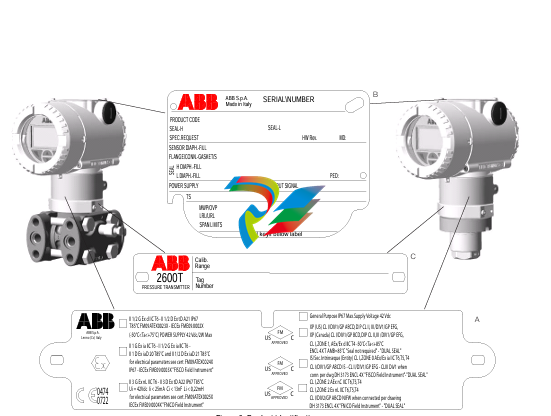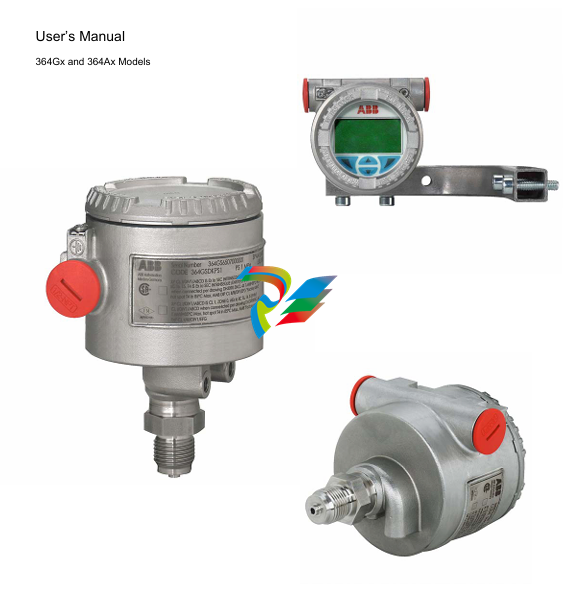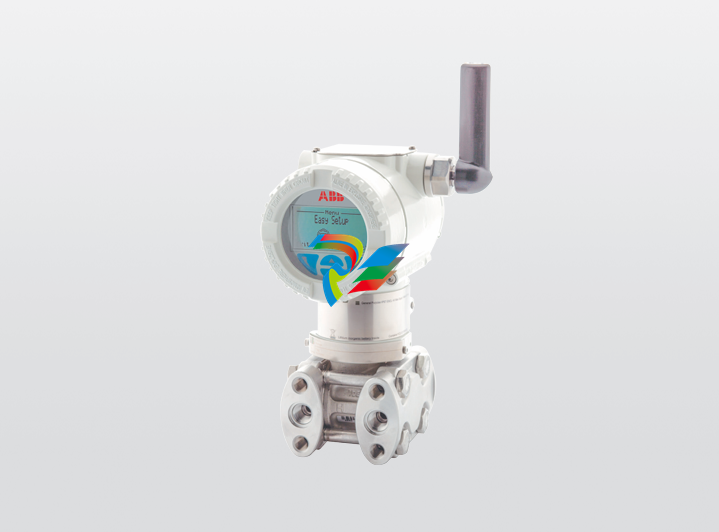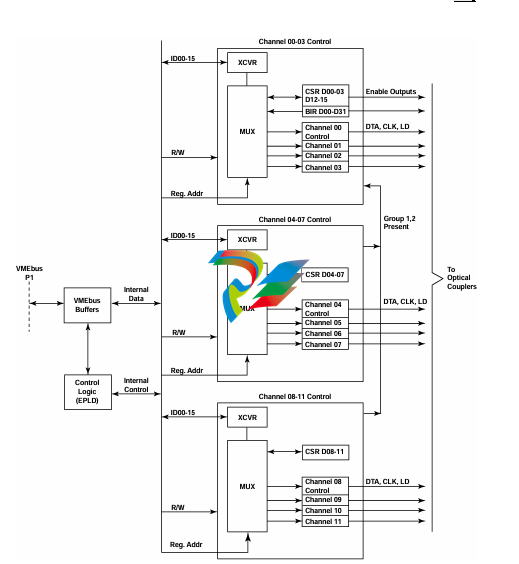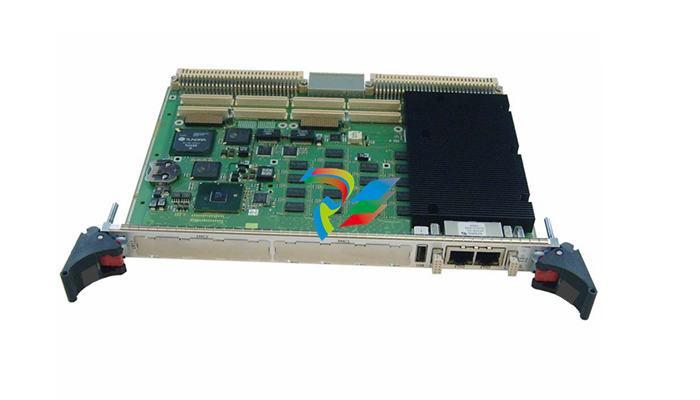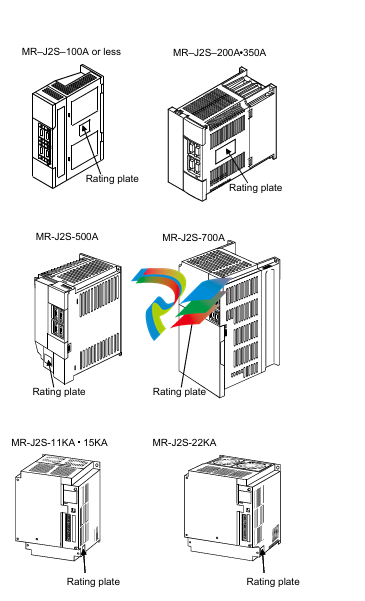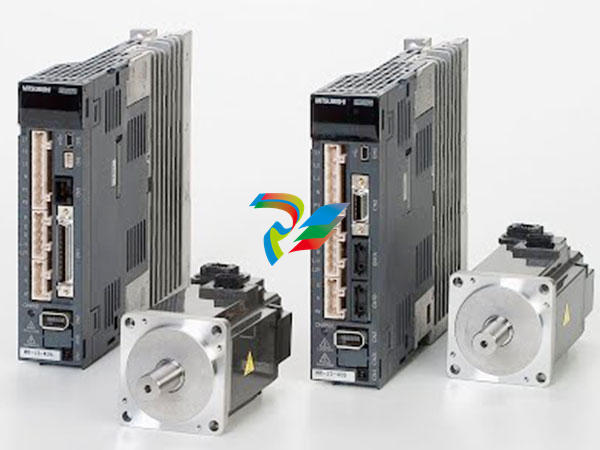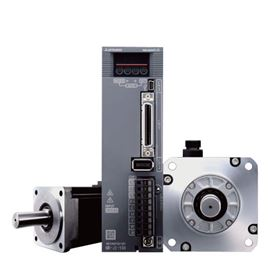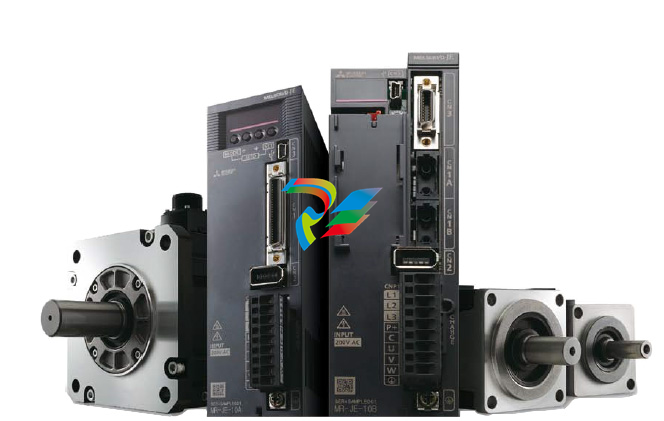
### Introduction to High-Density Circuit Breakers
High-Density Circuit Breakers are advanced electrical protection devices that have become crucial in various electrical systems, especially those where space optimization and efficient power distribution are of great importance.
### Design and Construction
These circuit breakers are designed with a focus on compactness while maintaining high performance. Their housing is usually made from durable materials that can withstand harsh industrial and electrical environments, such as robust engineering plastics or metals with good corrosion resistance. The small size is achieved through innovative engineering of the internal components. For example, the contact systems are carefully miniaturized yet engineered to handle significant electrical currents. They are crafted from materials with excellent electrical conductivity and wear resistance to ensure reliable make-and-break of the electrical circuit over numerous operations.
The trip mechanisms within high-density circuit breakers are also precisely designed. Whether it's a thermal-magnetic trip mechanism or an electronic one, they are configured to respond quickly and accurately to overcurrent conditions. In thermal-magnetic designs, the bimetallic strip and magnetic elements work in harmony to detect both overloads (through thermal expansion of the strip) and short circuits (via the magnetic field generated in case of high current surges). Electronic trip mechanisms rely on sensors and sophisticated electronic circuits to monitor the current precisely and trigger the breaker to trip when abnormal current levels are detected.
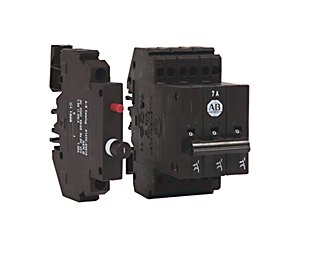
### Functional Capabilities The primary function of High-Density Circuit Breakers is to protect electrical circuits from overcurrent situations. When the current flowing through a circuit exceeds the rated value, whether due to an overload caused by too many devices connected or a short circuit resulting from a fault like a wire shorting out, the breaker will trip. This action interrupts the current flow promptly, safeguarding the connected electrical equipment, such as motors, transformers, and electrical panels, from damage caused by excessive heat or electrical stress. Moreover, many high-density circuit breakakers offer adjustable trip settings. This allows users to customize the protection level according to the specific requirements of the electrical circuit they are protecting. For instance, in an industrial setting where different machinery may have varying current demands during startup and normal operation, the adjustable settings enable the breaker to handle these specific conditions without unnecessary tripping or insufficient protection. ### Application Areas In industrial applications, they are widely used in factories, manufacturing plants, and processing facilities. Given the limited space available in electrical panels and the need to protect numerous circuits powering different machinery, high-density circuit breakers are an ideal choice. They can protect motors, conveyor belts, pumps, and other equipment efficiently. In commercial buildings like offices, shopping malls, and hotels, these circuit breakers are used to manage the electrical circuits for lighting systems, elevators, air conditioning units, and other electrical appliances. Their compact design helps save space in the electrical distribution rooms while providing reliable protection. In data centers, where a large number of servers and networking equipment need to be powered and protected, high-density circuit breakers play a vital role in safeguarding the electrical infrastructure and ensuring continuous operation of the critical systems. ### Advantages One significant advantage is their space-saving design. By packing a lot of protection capabilities into a small footprint, they allow for more circuits to be protected in a limited space, which is especially valuable in areas with high circuit density requirements. Their reliable performance in detecting and responding to overcurrent conditions reduces the risk of electrical equipment damage and electrical fires. Additionally, the adjustable trip settings make them adaptable to a wide variety of electrical applications, enhancing the overall flexibility and effectiveness of electrical protection in different settings. In conclusion, High-Density Circuit Breakers are essential components in modern electrical systems, offering a combination of compact design, reliable functionality, and wide application, all of which contribute to the safety and efficient operation of electrical circuits.
| User name | Member Level | Quantity | Specification | Purchase Date |
|---|





